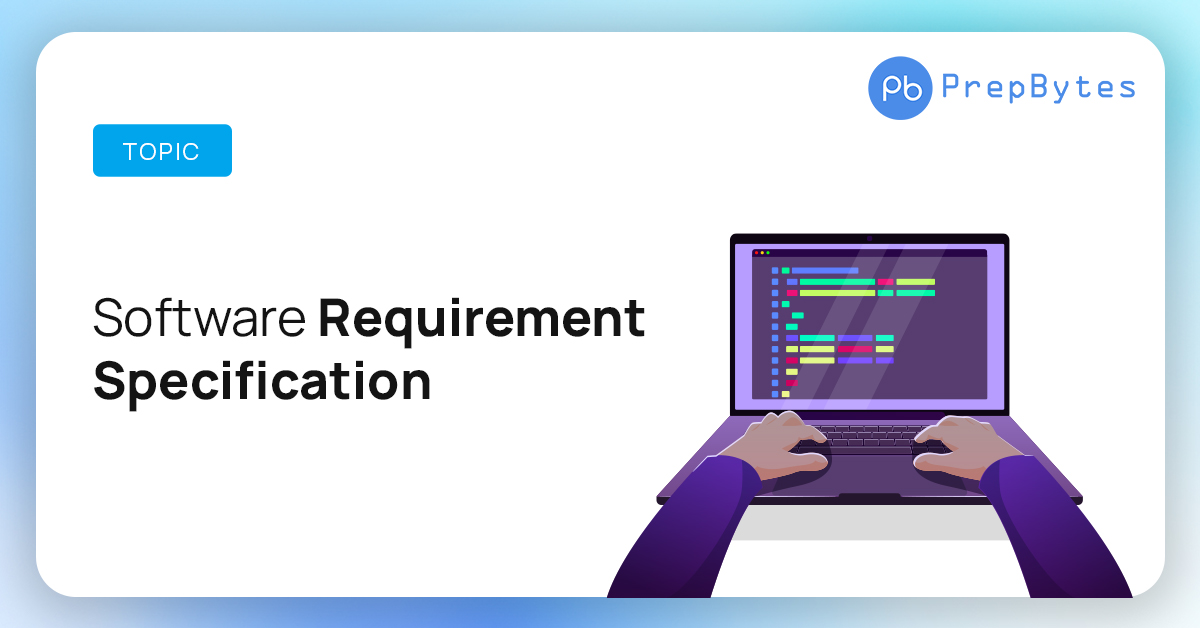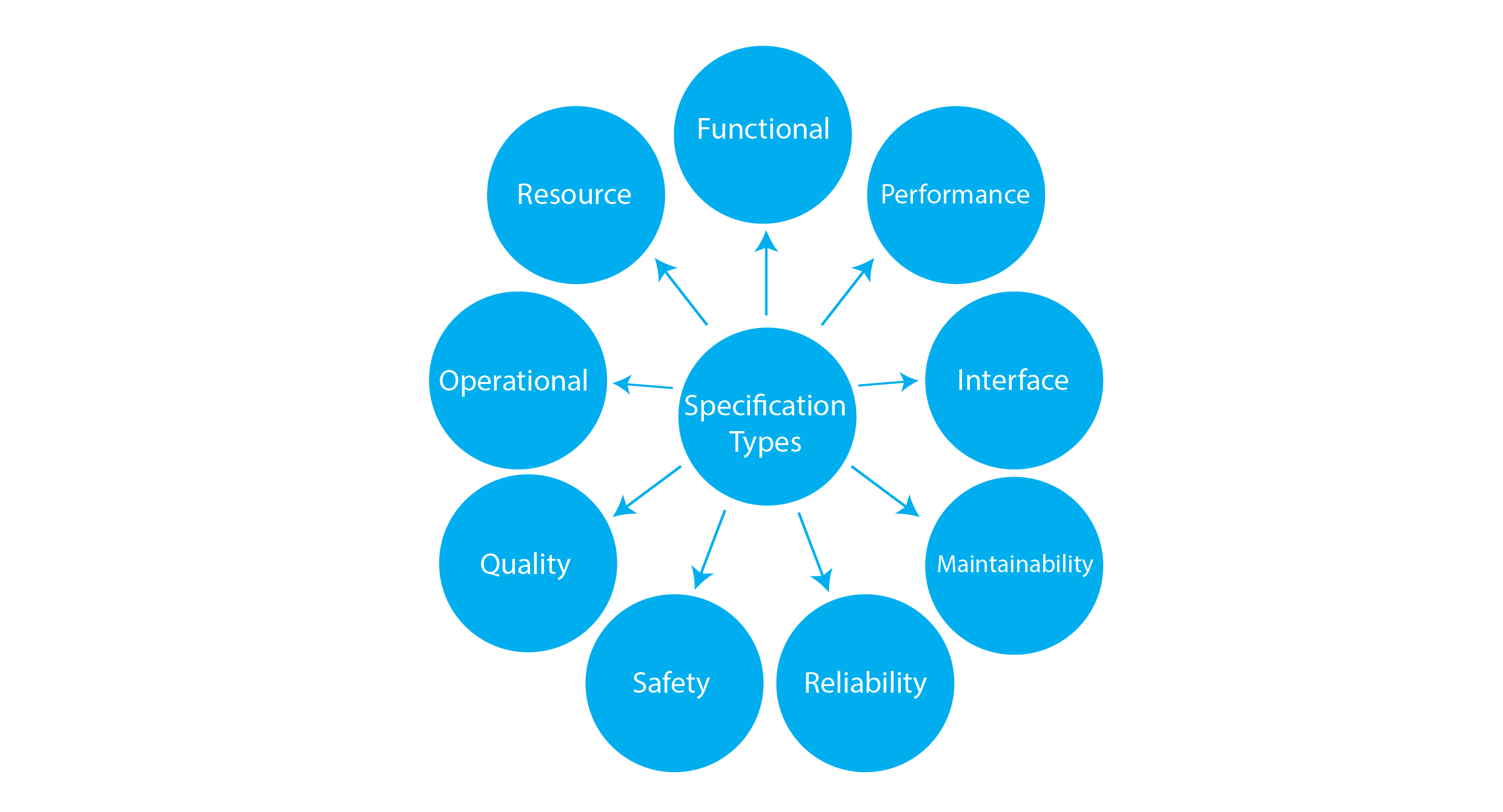Last Updated on June 15, 2023 by Mayank Dham

Software Requirement Specification (SRS) plays a pivotal role in the software development lifecycle. It serves as a foundation for software engineers, designers, and developers to understand and fulfill the needs of clients or stakeholders. This comprehensive guide aims to provide an in-depth understanding of SRS, its significance, and best practices for creating an effective SRS document.
Understanding Software Requirement Specification (SRS)
Software Requirement Specification, also known as a software requirements document, is a formal document that outlines the functional and non-functional requirements of a software system. It serves as a contract between the client and the development team, providing a clear and unambiguous description of what the software should do.
The primary goals of an SRS document are to establish a common understanding between stakeholders, serve as a basis for system design and development, and provide a reference for testing and validation. It includes various sections such as an introduction, functional requirements, non-functional requirements, system constraints, and user interfaces.

Key Components of an SRS Document
This section provides an overview of the software system, its purpose, scope, and key stakeholders. It also includes a brief description of the existing system (if applicable) and the rationale behind developing the new system.
Functional Requirements:
These requirements define the specific functionality that the software system should deliver. It describes the actions the system must perform, the inputs it should accept, and the outputs it should produce. Functional requirements are often documented using use cases, flowcharts, or user stories.
Non-Functional Requirements:
Non-functional requirements encompass the quality attributes of the software system, including performance, security, reliability, usability, and scalability. These requirements describe the system’s behavior under various conditions and are crucial for meeting user expectations.
System Constraints:
This section outlines any constraints or limitations that may impact the software system’s development or operation. It includes hardware or software compatibility requirements, design constraints, regulatory or legal constraints, and any other relevant considerations.
User Interfaces:
User interface requirements define how the software system should interact with its users. It includes details about the graphical user interface (GUI), input methods, navigation, error handling, and other user-related aspects.
Best Practices for Creating an Effective SRS Document
Best Practices for Creating an Effective SRS Document are :
Collaboration and Communication:
Effective communication and collaboration between stakeholders, including clients, developers, designers, and testers, are vital for creating a robust SRS document. Regular meetings, workshops, and discussions should be conducted to ensure a shared understanding of the requirements.
Clear and Concise Language:
The SRS document should be written in clear and concise language to avoid any ambiguity or misinterpretation. Use precise terminology and avoid technical jargon unless necessary. Review the document for clarity and readability.
Use of Visual Aids:
Visual aids such as diagrams, flowcharts, and wireframes can greatly enhance the clarity of requirements. Use these aids to illustrate complex workflows, user interfaces, or system architecture, making it easier for stakeholders to grasp the intended functionality.
Traceability and Requirement Prioritization:
Maintain traceability between requirements and their sources, such as user needs, business objectives, or regulatory guidelines. Prioritize requirements based on their criticality and impact on the overall system. This helps in managing scope and resource allocation effectively.
Validation and Verification:
The SRS document should undergo thorough validation and verification processes. Validation ensures that the documented requirements align with the stakeholders’ actual needs, while verification ensures that the requirements are complete, consistent, and feasible.
Document Change Management:
Software requirements are subject to change throughout the development lifecycle. Implement a change management process to handle requirement modifications effectively. Clearly define the process for requesting, reviewing, approving, and documenting changes.
Challenges and Mitigation Strategies
Creating an SRS document can be challenging due to various factors, such as evolving requirements, conflicting stakeholder expectations, and technical complexities. To mitigate these challenges:
a. Engage stakeholders early in the process to capture requirements accurately and minimize misunderstandings.
b. Conduct regular reviews and feedback sessions to address any conflicts or gaps in requirements.
c. Prioritize requirements based on their impact and feasibility, focusing on the most critical aspects first.
d. Involve domain experts and experienced software engineers to ensure technical feasibility and to provide guidance in complex areas.
e. Maintain open channels of communication to address any changes, clarifications, or concerns promptly.
Conclusion
The Software Requirement Specification (SRS) document is a fundamental component of software development, enabling effective communication, planning, and execution. It serves as a crucial reference point for developers, designers, and testers throughout the software development lifecycle. By following best practices and adopting effective communication strategies, stakeholders can collaborate to create an SRS document that accurately captures the needs and expectations of the software system, leading to successful project outcomes.
Frequently Asked Questions (FAQs)
Q1. What is the difference between functional and non-functional requirements in an SRS document?
Functional requirements describe specific actions, inputs, and outputs of a software system, focusing on its intended functionality. Non-functional requirements, on the other hand, encompass the quality attributes of the system, such as performance, security, reliability, and usability.
Q4. How can stakeholders ensure that the SRS document captures all the necessary requirements?
Stakeholders can ensure comprehensive requirement coverage by engaging in active collaboration, conducting regular meetings and workshops, and involving domain experts. They should also prioritize requirements, maintain traceability, and validate the document against the actual needs of the stakeholders.
Q3. What happens when there are changes to the requirements after the SRS document is finalized?
Changes to requirements are common throughout the software development process. To handle these changes effectively, a change management process should be in place. This process includes a mechanism to request, review, approve, and document changes, ensuring that all stakeholders are aware of the modifications and their impact on the project.
Q4. How can an SRS document be used during the development phase?
During the development phase, the SRS document serves as a reference for software engineers, designers, and developers. It provides a clear understanding of the system’s requirements, allowing them to design and implement the software solution in accordance with the documented specifications.
Q5. Is it possible to create an SRS document without technical expertise?
While technical expertise can greatly enhance the accuracy and feasibility of an SRS document, it is possible for non-technical stakeholders to contribute to its creation. Collaborating with domain experts, software engineers, and designers can bridge the knowledge gap and ensure that the requirements are captured effectively in the document.


